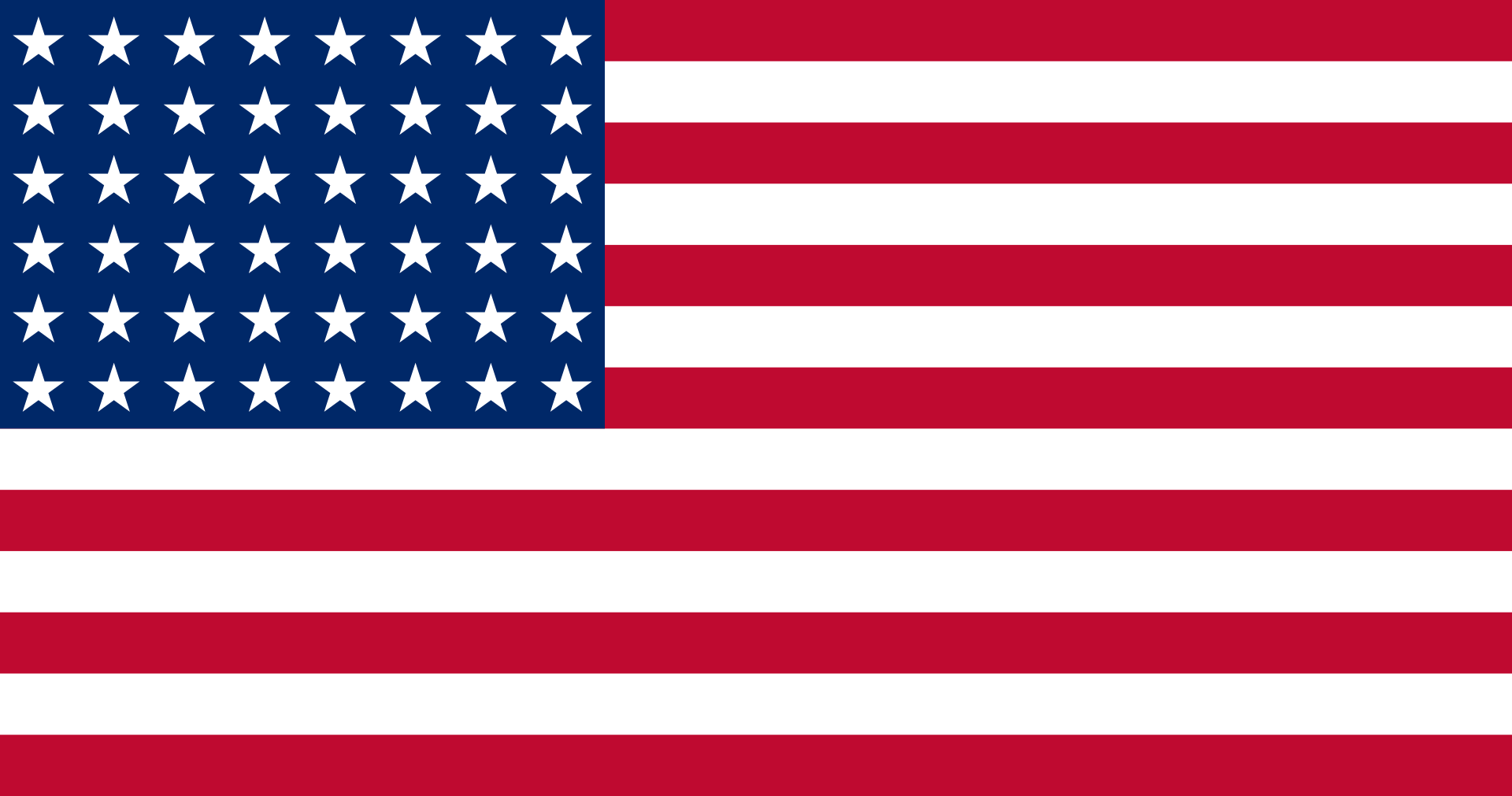Marine Transport Squadron 253
Operator Identification
United States of America
TYPE: US Navy unit
IATA/ICAO CODES: Nil
HEADQUARTERS: Guam, Marianna Islands (1944-1946), MCAS Miramar, CA (1946)
FORMER NAME: Nil
SUBSEQUENT NAME: VMGR-152
Operator History
The squadron was activated as VMJ-253 in the Western Pacific on 11 March 1942. VMJ-253 pioneered Trans-oceanic transport in the Marine Corps during World War II. It also became the parent squadron for the joint air transport organization dubbed the South Pacific Combat Air Transport Command (SCAT). By November 1942, VMJ-253 had supported operations on Guadalcanal and surrounding islands, logging thousands of flight hours.
While on Guadalcanal, VMJ-253 was the first combat transport squadron to land at Henderson Field, bringing Brigadier General Roy S. Geiger and his staff to take command of the 1st Marine Aircraft Wing. Following the Japanese counterattack that forced the US Navy to withdraw, VMJ-253 continued to resupply fuel, ammunition, food, and medical supplies in support of the besieged ground troops. The squadron's Douglas R4Ds delivered supplies despite being fired upon by Japanese troops lurking near Henderson Field and marauding A6M Zeros in the skies. Until the end of 1942, it was the Marines of VMJ-253 and other SCAT units that solved the logistical problems of Marines and soldiers on Guadalcanal.
Through 1943, VMJ-253 supported operations on Bougainville, New Georgia, Vella Lavella, and numerous islands throughout the Solomon chain. As the island-hopping campaign moved into the Central Pacific in 1944, so did VMJ-253. Detached from SCAT, VMJ-253 officially became a transport squadron and was redesignated VMR-253. VMR-253 was assigned to the Transport Air Group (TAG), which was the Central Pacific version of SCAT. Continuing the heavy schedule of lifts from Tarawa, VMR-253 sortied to Kwajalein, Roi-Namur, and Eniwetok. In October 1943, VMR-253 moved to Guam. Working out of Guam, VMR-253 supported actions on Tinian, Saipan, and Peleliu. VMR-253 remained on Guam until the close of the war, and in May 1946, returned to MCAS Miramar, CA.
From Miramar, VMR-253 moved to MCAS El Toro under MAG-25 where the aging fleet of R4Ds was replaced with Douglas R5Ds. VMR-253 continued its primary mission of moving men and supplies wherever the Marine Corps needed them. After a four-year squadron stand down from 1947 to 1951, VMR-253 reactivated for active duty in the Korean War, with only six Commandos, 5 officers and 18 enlisted Marines. By the end of the year it had grown to 58 officers and 184 enlisted men; it had received 16 new Fairchild R4Qs; and it was ready to go to war once again.
Commando Operations
1944 to 1951
VMJ-253 was a mixed R4D & R5C squadron during the war.
Last edited: 28/03/2021


